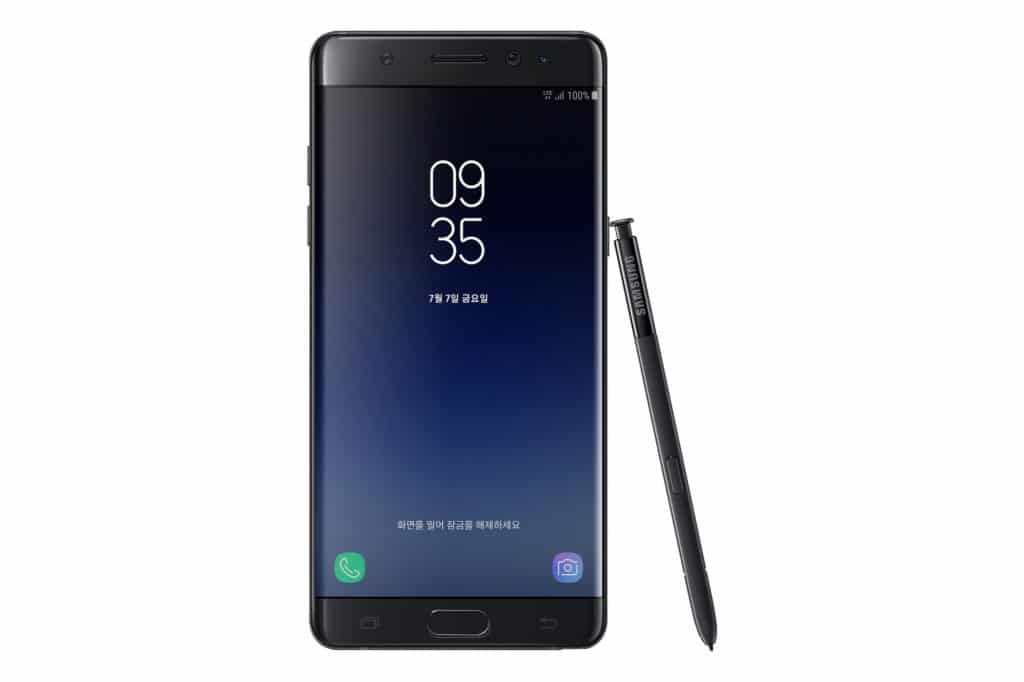
Samsung today formally announced the results of its in-depth investigations into the Galaxy Note 7 explosions. The company conducted its investigation on over 200,000 units of the Galaxy Note 7 and tested every single aspect of the device like water resistance, USB-C port, fast charging, iris scanner, software, and more.
However, in its internal tests, Samsung did not find any issue with the internals of the handset. So, it also examined the production process and hired third-party investigators UL, Exponent and TUV Rheinland AG to conduct their own independent investigations.
The issue was ultimately narrowed down to faulty batteries supplied to Samsung. The initial Galaxy Note 7 units shipped with ‘Battery A’ which had an abnormality in their top-right corner where the negative electrode was deflected. The tip of the negative electrode was also located in the wrong area in the curve. These issues led to the positive and negative electrode of the batteries coming in contact with each other thereby causing a short circuit.
As for ‘Battery B’ which were used by Samsung in the replacement Note 7 units, they were found to ship with “high welding burrs on the positive electrode” that led to the protective layer and the negative electrode coming in contact with the positive electrode. It also found that a number of batteries were missing the insulation tape completely.

In addition to its own explanation, Samsung has also uploaded the findings of UL, Exponent, and TUV Rheinland on its website. The company is taking these additional steps to ensure that it is able to restore consumer confidence in its brand once again.
Additionally, learning from the Note 7 fiasco, Samsung announced an 8-point battery check that will ensure the batteries used inside its devices go through a rigorous safety check which includes a durability test, X-Ray, disassembling, visual inspection, charge and discharge, TVOC test, Delta open circuit voltage test, and accelerated usage test. It also announced multi-layer safety measures protocol for every component that will be used in its devices going forward.
Now that Samsung has officially announced the results of its Note 7 investigation, the company can finally focus on launching its upcoming flagship, the Galaxy S8.
Do you think the steps taken by Samsung are enough to restore your confidence into the company’s products? Or will you now always be wary of buying Samsung’s products?
[Via Samsung]





